
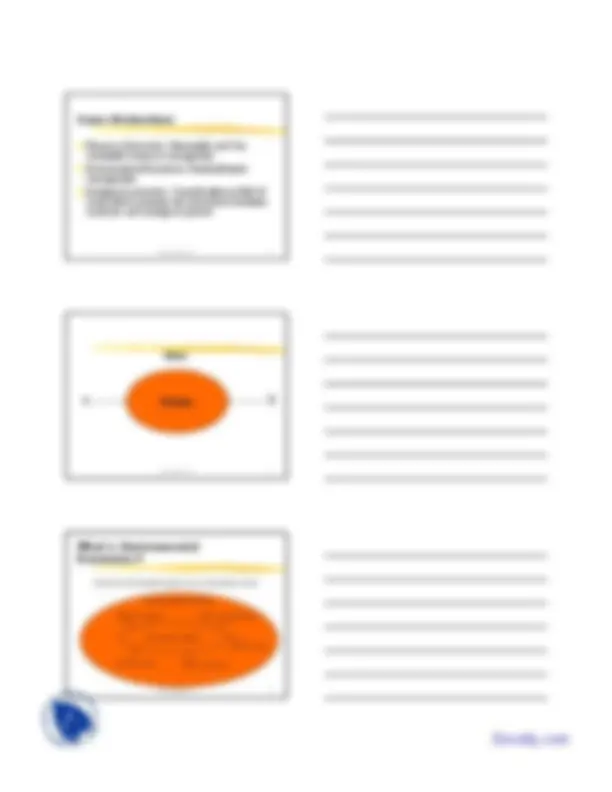
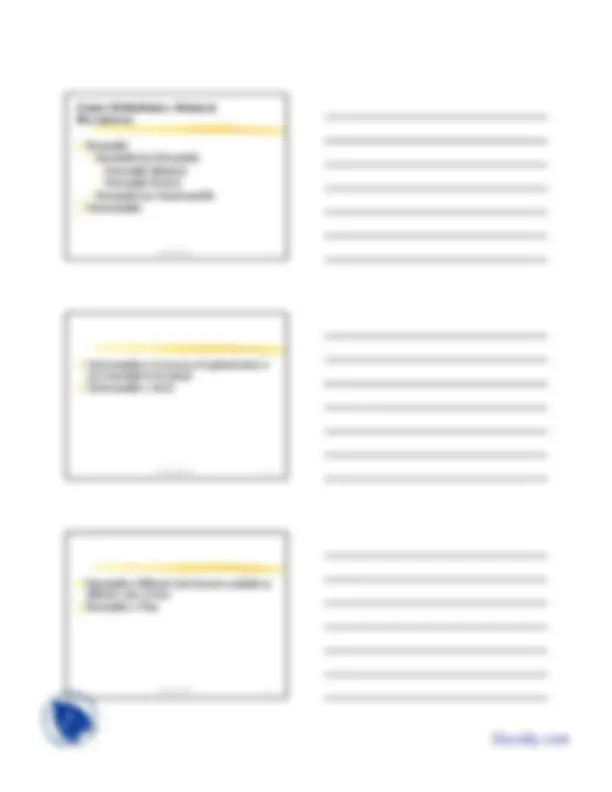

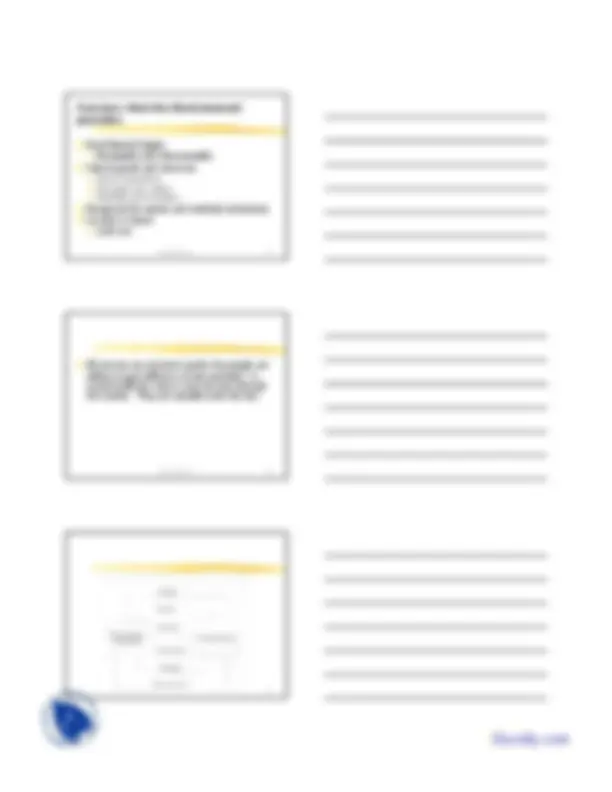

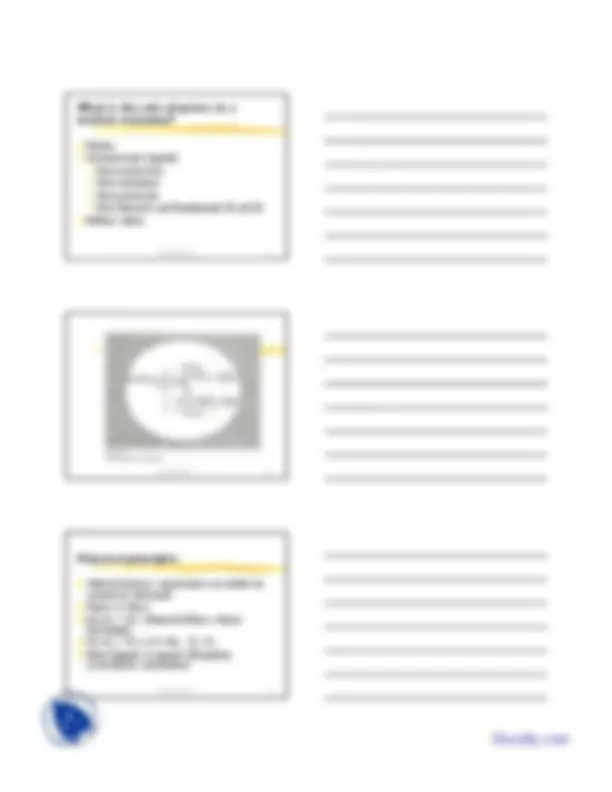
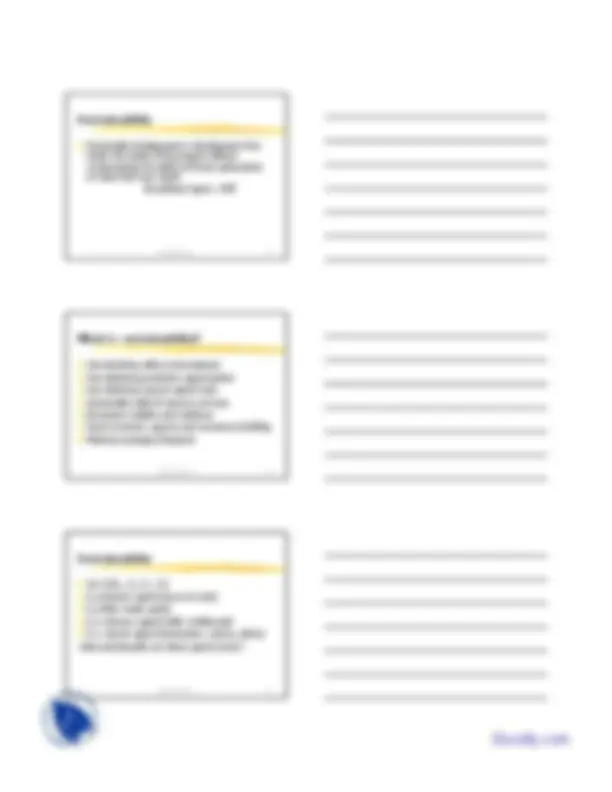
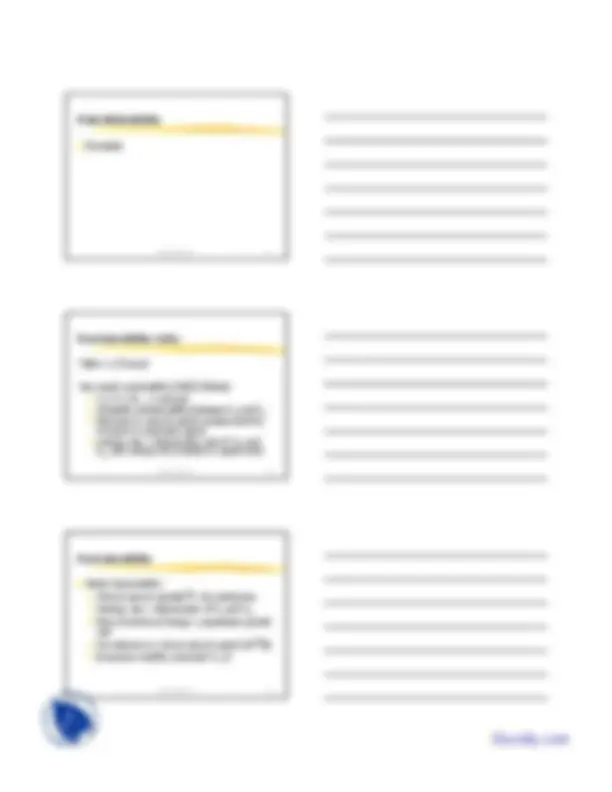
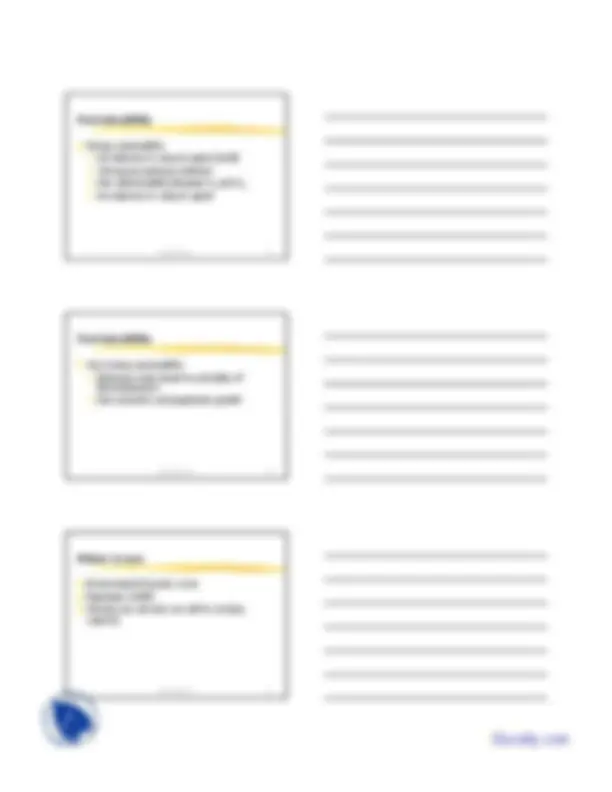


Study with the several resources on Docsity

Earn points by helping other students or get them with a premium plan


Prepare for your exams
Study with the several resources on Docsity

Earn points to download
Earn points by helping other students or get them with a premium plan
Community
Ask the community for help and clear up your study doubts
Discover the best universities in your country according to Docsity users
Free resources
Download our free guides on studying techniques, anxiety management strategies, and thesis advice from Docsity tutors
This lecture is from Economics of Environmental Resources. Key important points are: Environmental Economics, Economics Is Concerned, Including Environmental, Study of Choice, Achieve Balance, Environmental Economic, Social Goals, Some Distinctions, Resource Economics, Ecological Economics
Typology: Slides
1 / 15

This page cannot be seen from the preview
Don't miss anything!










AEC 829-2002-cl1 7
AEC 829-2002-cl1 8
] Economics is concerned with allocation of scarce resources—including environmental ] Economics is the study of choice ] Environmental economics is the study of choice as applied to environmental decisions
AEC 829-2002-cl1 9
] EE is concerned with the impact of the economy on the environment, the significance of the environment to the economy, and the appropriate way to regulate economic activity to achieve balance among environmental economic and social goals.
AEC 829-2002-cl1 13
] Renewable \ Renewable but Exhaustible [ Renewable Biological [ Renewable Physical \ Renewable but Nonexhaustible ] Nonrenewable
AEC 829-2002-cl1 14
] Nonrenewable= No process of replenishment in any meaningful time period ] Nonrenewable = Stock
AEC 829-2002-cl1 15
] Renewable= Different Units become available at different units of time ] Renewable = Flow
AEC 829-2002-cl1 16
] Economic Exhaustion versus Technical Exhaustion
AEC 829-2002-cl1 17
] Consumptive Use versus Nonconsumptive Use
AEC 829-2002-cl1 18
] Extract Fund ] Harvest Flows ] Intercept Flow ] Withdraw Fund
AEC 829-2002-cl1 22
] What is the fundamental nature of the environmental problem? ] Should the government “intervene” at all? ] How clean should the environment be? ] How can we achieve the desired environmental quality?
AEC 829-2002-cl1 23
] “Free” markets will generate excessive pollution and overuse environmental services, hence, collective or public intervention is necessary ] How clean the environment should be? Till MB=MC ] Design of policy instruments to achieve environmental goals ] Valuation of non-market goods
AEC 829-2002-cl1 24
] Why do we care about the Natural Environment? ] What services and goods does the environment provide to us?
AEC 829-2002-cl1 25
] Raw Material Supply \ Renewable and Nonrenewable ] Natural goods and resources \ Direct Consumption \ Life supply (air, water) \ Aesthetics and recreation ] Receptacle for wastes and residuals (emissions) ] Location in Space \ Land use
AEC 829-2002-cl1 26
] All services are economic goods that people are willing to pay (willing to accept payment) to receive (sell) but may or may not pass through the market. They are valuable none the less.
AEC 829-2002-cl1 27
AEC 829-2002-cl1 31
] Rations ] Communicates (signals) \ More productivity \ More substitutes \ More production \ More Research and Development (R and D) ] Reflects Values
AEC 829-2002-cl1 32
AEC 829-2002-cl1 33
] Material balance : mass/matter can neither be created nor destroyed. ] Figure 2-1 Barry ] M = Rpd^ + Rcd^ [Material Inflow = Waste Discharges] ] M = Rpd^ + Rcd^ = G + Rp - Rpr^ -Rcr ] What happens to wastes? (dissipation, accumulation, assimilation)
AEC 829-2002-cl1 34
] Reduce M ] Reduce G ] Reduce Rp ] Increase Recycling ] Increase assimilative capacity
AEC 829-2002-cl1 35
] First Law of thermodynamics: Energy can neither be created nor destroyed, it can only be transformed from one form to another ] 2nd Law of thermodynamics: Energy conversions are not 100% efficient, i.e. some energy becomes unavailable waste energy (high entropy energy) with every transformation
AEC 829-2002-cl1 36
] The Pessimists vs the Optimists
AEC 829-2002-cl1 40
] Sustainable development is development that meets the needs of the present without compromising the ability of future generations to meet their own needs Brundtland report, 1987
AEC 829-2002-cl1 41
] Non-declining utility (consumption) ] Non declining production opportunities ] Non declining natural capital stock ] Sustainable yield of resource services ] Ecosystem stability and resilience ] Socio-economic capacity and consensus building ] Minimize ecological footprint
AEC 829-2002-cl1 42
] K (^) N=Natural capital (source & sink) ] K (^) M =Man made capital ] K (^) H= Human capital (skills, intellectual) ] K (^) S = Social capital (institutions, culture, ethics) How substitutable are these capital stocks?
AEC 829-2002-cl1 43
] Examples
AEC 829-2002-cl1 44
Table 1.1 (Turner)
Very weak sustainability (VWS) (Solow): \ K (^) N+ KM +K (^) H = constant \ Complete substitutability between K (^) N and KM \ Decrease in natural capital compensated by increase in manmade capital \ savings rate > depreciation rate of K (^) N and K (^) M, and savings are invested in capital stock
AEC 829-2002-cl1 45
] Weak Sustainability \ Critical natural capital(n) :No substitutes, \ Savings rate > depreciation of K (^) N and KM, \ Rate of technical change > population growth rate \ No reduction in critical natural capital (δn≤0) \ Ecosystem stability constraint K (^) N>Z